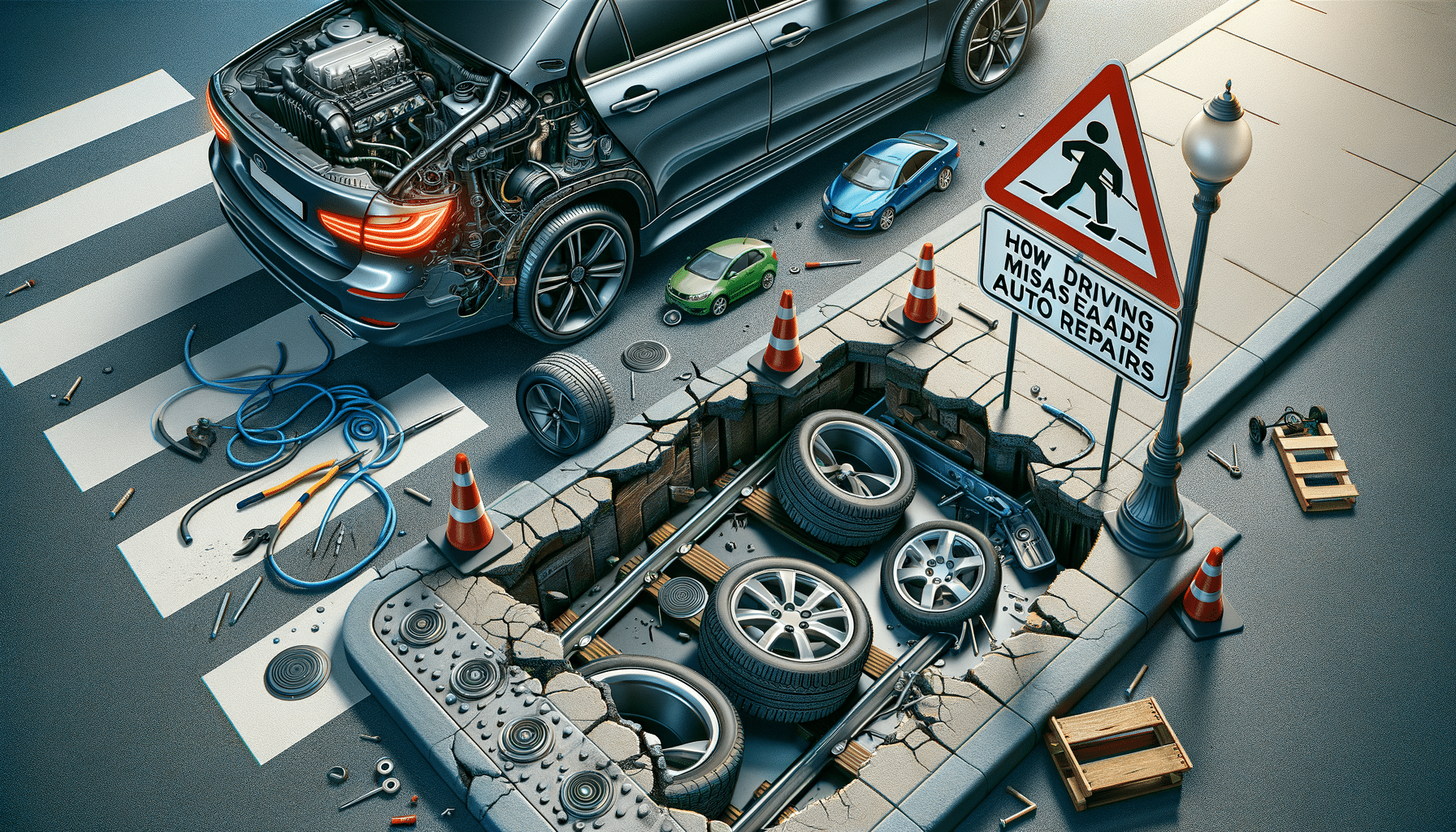
How Minor Driving Mistakes Lead to Major Auto Repairs
Understanding the Impact of Driving Habits on Vehicle Longevity
Driving is an everyday activity for many, yet the nuances of driving habits often go unnoticed until they manifest as mechanical issues. Minor driving habits can quietly damage your car, leading to major and costly repairs over time. Understanding the impact of these habits is crucial for maintaining the longevity of your vehicle. Regularly revving the engine, abrupt braking, and ignoring dashboard warnings are common practices that seem harmless but can lead to significant wear and tear.
For instance, revving the engine before it warms up can cause thermal stress, leading to premature engine wear. Similarly, aggressive braking not only wears out the brake pads faster but also affects the suspension system. Dashboard warnings, often dismissed as minor annoyances, serve as early alerts for potential issues. Ignoring these can escalate minor problems into major repairs.
To mitigate these risks, drivers should adopt smoother driving techniques, such as gradual acceleration and braking. Additionally, paying attention to and addressing dashboard warnings promptly can prevent minor issues from becoming costly repairs. By understanding and modifying these driving habits, vehicle owners can save on repair costs and extend the lifespan of their cars.
Common Driving Mistakes and Their Consequences
Every driver has habits that, while seemingly insignificant, can lead to significant damage over time. One of the most overlooked mistakes is riding the clutch in manual transmission vehicles. This habit can lead to clutch wear, necessitating costly replacements. Similarly, resting your hand on the gear stick applies pressure on the transmission’s bushings and synchronizers, leading to premature wear.
Another frequent mistake is overloading the vehicle. Exceeding the recommended weight capacity strains the engine, brakes, and suspension. This not only reduces fuel efficiency but also accelerates the wear of critical components. Additionally, driving with under-inflated tires can cause uneven tire wear and increase the risk of a blowout, posing safety risks.
To avoid these pitfalls, drivers should be mindful of their vehicle’s load capacity and ensure tires are properly inflated. Regular maintenance checks, including tire pressure and clutch adjustments, can also help mitigate the risks associated with these common mistakes. By being aware of and addressing these habits, drivers can maintain their vehicle’s performance and safety.
Preventive Measures and Maintenance Tips
Preventive maintenance is the cornerstone of vehicle longevity and performance. Routine checks and timely servicing can significantly reduce the risk of major repairs. One of the key areas to focus on is the engine oil. Regular oil changes ensure that the engine runs smoothly, reducing the risk of overheating and wear.
Another critical component is the cooling system. Ensuring that the coolant levels are adequate and that there are no leaks can prevent the engine from overheating. Additionally, regular inspection of the brake system is vital. Replacing brake pads before they wear down completely can prevent damage to the rotors, which are more expensive to replace.
Drivers should also pay attention to the vehicle’s alignment. Misalignment can cause uneven tire wear and affect the handling of the car. Regular alignment checks and adjustments can improve fuel efficiency and tire longevity. By adhering to these preventive measures and maintenance tips, drivers can enhance their vehicle’s performance, safety, and lifespan.